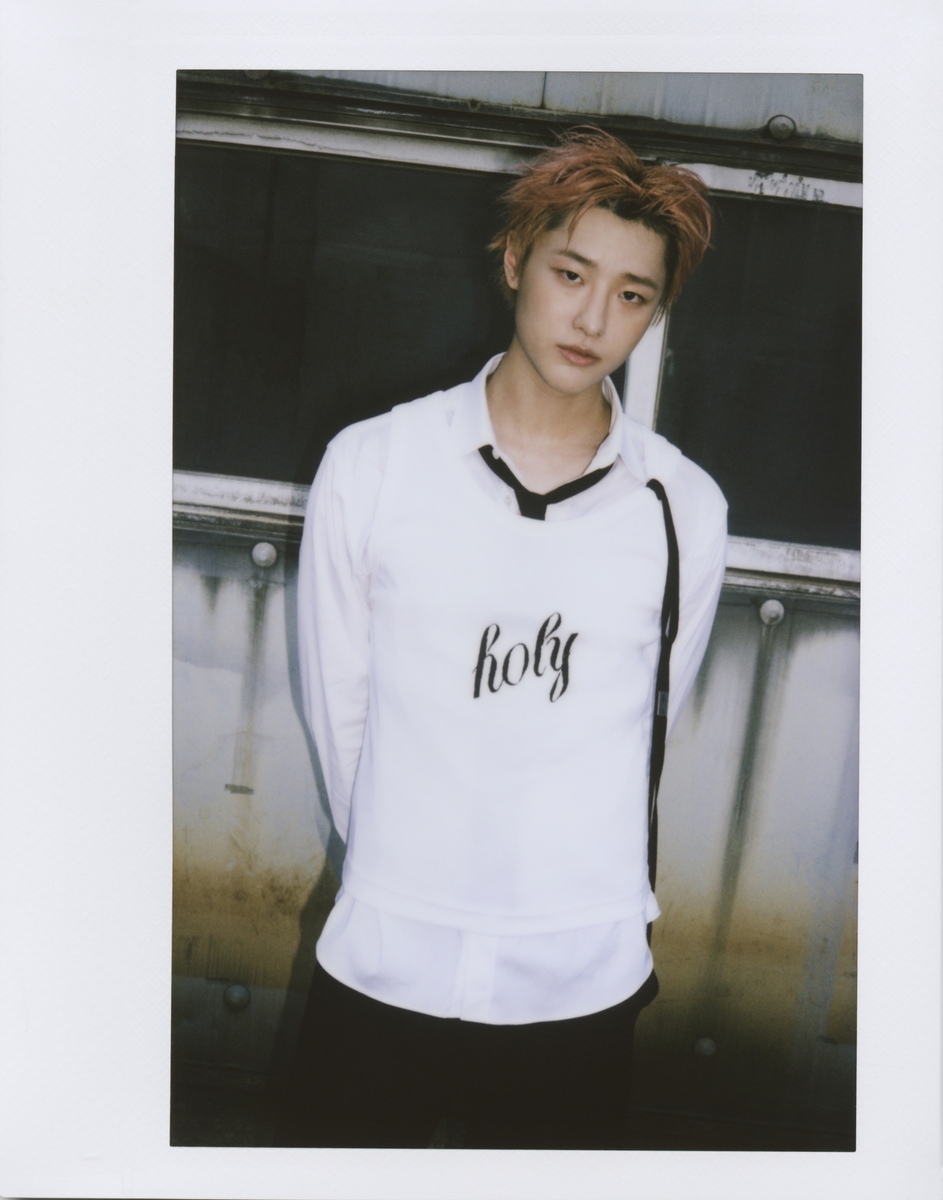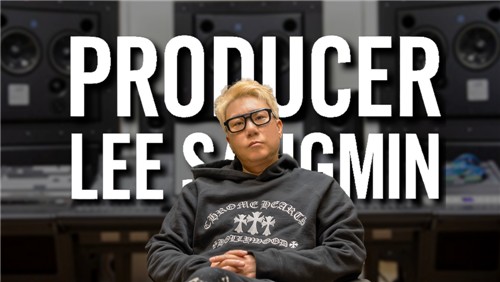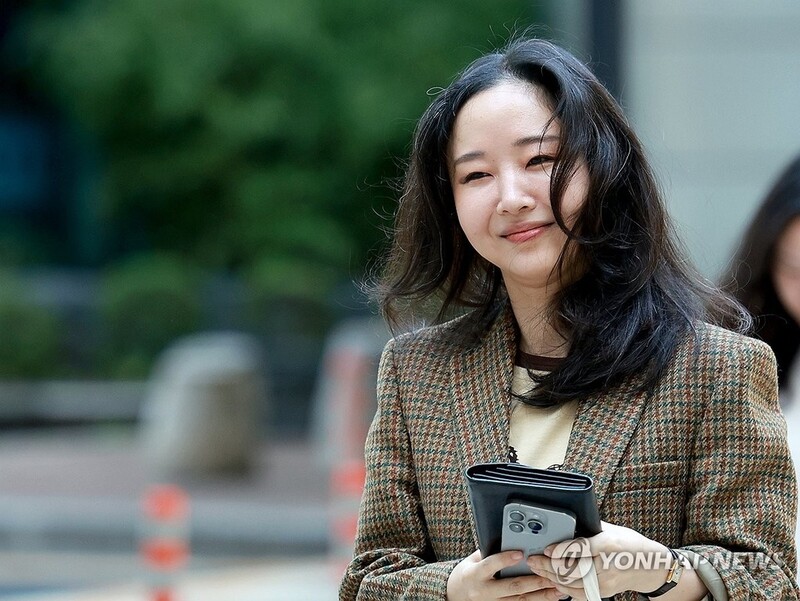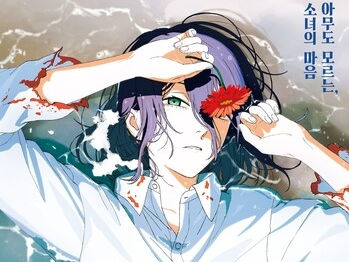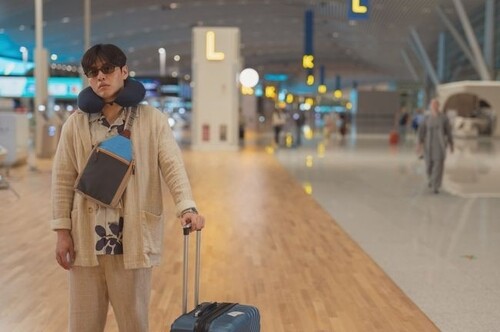 |
| ▲ This photo, provided by Cheong Wa Dae, shows "The Stone Buddha Seated on a Square Pedestal in Gyeongju" in Cheong Wa Dae. (PHOTO NOT FOR SALE) (Yonhap) |
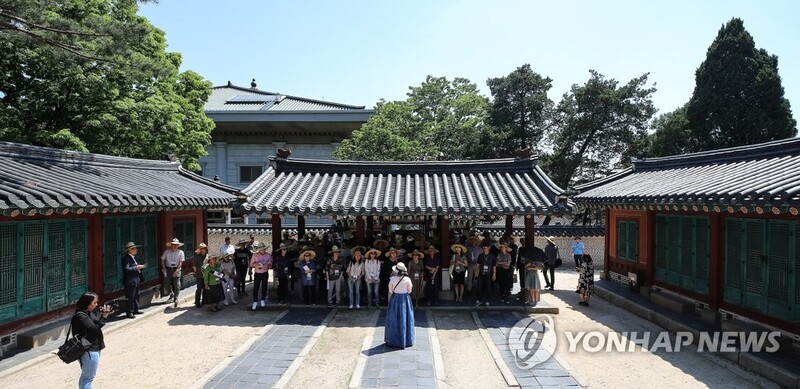 |
| ▲ This photo, shows chilgung. (Yonhap) |
SEOUL, May 10 (Yonhap) -- As Cheong Wa Dae, the "Forbidden Land," where public access was strictly controlled for a long time opened today, a lot of attention is on the relics and the buildings of the site.
Existing visits to Cheong Wa Dae were conducted in the order of Nokjiwon (Presidential garden), site of the old main building, main building, Yeongbin-gwan (the State Guest House), Chilgung (royal shrine dedicated to the seven concubines who gave birth to some of the kings of the Joseon Dynasty), Mugunghwa Garden, and Cheong Wa Dae Sarangchae (tourism exhibition center on the promotion of understanding of the presidents of Korea in the past and present and Korean traditional culture). Like this, although one was able to tour major modern buildings, one were not able to visit the official residence area.
A lot of the designated cultural assets of Cheong Wa Dae are gathered around the residence. The most famous cultural asset is "The Stone Buddha Seated on a Square Pedestal in Gyeongju," which was designated as a treasure in 2018.
This Silla Buddha statue, which does not match the historical character of Gyeongbokgung Palace, is believed to have been created in the 9th century and is also called "Minambul". With a height of 108 cm, shoulder width of 54.5 cm, and knee width of 86 cm, it is characterized by a voluptuous face and slightly raised eyes. It is similar in style to the main Buddha of Seokguram Grotto in Gyeongju, and has a dignified and balanced appearance.
It is presumed that the Buddha statue was originally located at the Gyeongju temple. Terauchi Masatake, a Japanese military officer, proconsul and politician who governed the Joseon Dynasty, moved to the governor's residence in Namsan, Seoul in 1913 and the statue then began staying outside of Gyeongju. Later, as the new governor's residence entered the Cheong Wa Dae area, it is thought to have been moved again in the 1930s.
Ounjeong (pavilion building from the Joseon Dynasty located in Cheong Wa Dae) and Chimryugak (Royal building built during the Korean Empire Era) are both Seoul City's tangible cultural properties. While some say that Ounjeong was built by Heungseon Daewongun (One of the most important regent /political figures of the mid- to late Joseon period) when he reconstructed the Gyeongbokgung Palace, it is not certain. On the other hand, the writing on the signboard was confirmed to have been written by Rhee Syngman, the first president of South Korea.
Chimryugak is a traditional building built with four columns on the front and two and a half column on the side. Although it is known to have been built in the early 20th century, the exact time of its construction is unknown.
Nearby the official Residence, there is also a stone with the word "Cheonhajaeilbokji (happiest land in the world)" engraved. This shows that the Cheong Wa Dae area has been recognized as a good place for a long time.
To the west of the Cheong Wa Dae area, there is "Chilgung," royal shrine dedicated to the seven concubines who gave birth to some of the kings of the Joseon Dynasty. Among the concubines in Chilgung, it includes Choi Suk-bin, who have birth to Yeongjo, and Jang Hui-bin, the concubine of King Sukjong and the birth mother of King Gyeongjong.
Among the natural heritage sites in Cheong Wa Dae, the Spreading yew tree which is said to have lived for 740 years is well known. Thus, the tree is also called "A thousand years of living, a thousand years of dying."
"It was born in 1280, during the reign of King Chungnyeol of Goryeo," Park Sang-jin, emeritus of Kyungpook National University said in the "Trees and Flowers of the Blue House" published by the Presidential Security Service, Republic of Korea in 2019. "Most of the stems are dead and only a stem that has a width of a span are alive and connected to the other stems."
In the Chimryugak area, 3 metasequoia trees and 7 bald cypress trees are gathered. It has a unique scenery as there are large trees over 20m tall. On the stairs leading up to Chimryu-gak, there are peonies with quaint white flowers on both sides.
Nokjiwon, one of the most beautiful gardens in Cheong Wa Dae, is home to over 100 species of trees, including those planted by past presidents.
Modern buildings include the main building, which is a central building based on the palace style, the Yeongbin-gwan, which has 18 stone pillars supporting the building, and Sangchunjae, which was built for receiving foreign guests. All of these were built after the 1970s.
It takes about an hour and a half to explore the Cheong Wa Dae area. The three recommended courses, which takes 50 to 60 minutes, passes by Yeongbin-gwan, the Main Building, Sugung Site, Gwanjeo, and Chimryugak.
(This article is translated from Korean to English by Haemin Kim.)
(END)
(C) Yonhap News Agency. All Rights Reserved











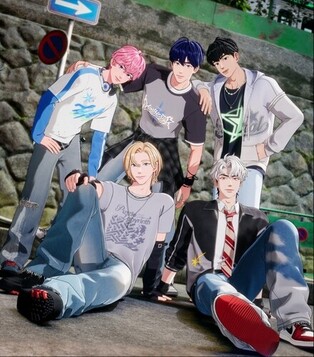
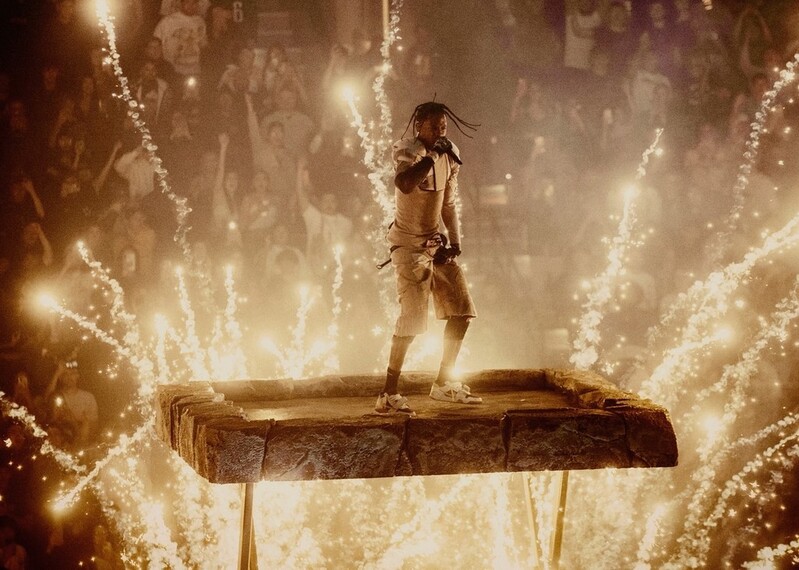
![[가요소식] 보이넥스트도어, 신보로 3연속 밀리언셀러 달성](https://korean-vibe.com/news/data/20251025/yna1065624915905018_166_thum.jpg)
